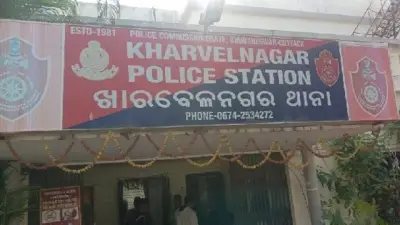

In a strategic shift, the Indian government is recalibrating its "Make in India" initiative. Facing lukewarm uptake of its flagship Production Linked Incentive (PLI) scheme, the government is moving away from a broad-brush approach and embracing tailored, sector-specific strategies. This move signals a significant evolution in the government's efforts to bolster domestic manufacturing and attract investment.
Decoding the PLI Scheme:
The PLI scheme, launched in 2021-22, was designed to incentivise domestic production across 14 key sectors, including electronics, automobiles, textiles, and pharmaceuticals. With a massive outlay of Rs 1.97 lakh crore, the scheme aimed to create global manufacturing champions and generate employment opportunities. However, utilization of these funds has been disappointingly low, with only about 10% (approximately Rs 11,000 crore) disbursed so far.
Why the Shift?
The government's decision to pivot away from a universal PLI scheme stems from several factors:
The new approach:
Instead of expanding the PLI scheme to more sectors, the government is now focusing on developing customized incentive programs tailored to the specific needs of each industry. This includes:
Implications for "Make in India":
This shift in strategy has significant implications for the "Make in India" initiative:
The government's move towards sector-specific incentives marks a significant evolution in the "Make in India" initiative. By adopting a more nuanced and flexible approach, the government aims to address the challenges faced by different industries and accelerate growth in the manufacturing sector. This strategic shift could pave the way for a more robust and sustainable "Make in India" ecosystem, driving economic growth and creating employment opportunities for India's youth.
DISCLAIMER: This brief is based on information from publicly available sources and reflects the author's interpretation of the topic and do not reflect Prameya's or Prameya News7 editorial stance.